Down sample photo
1 composition
1.1 Down: Down mainly includes down cluster, nestling down, plumule and damaged down.
1.1.1 Down cluster: Down fibers emanating from the down core and showing a cluster in shape.
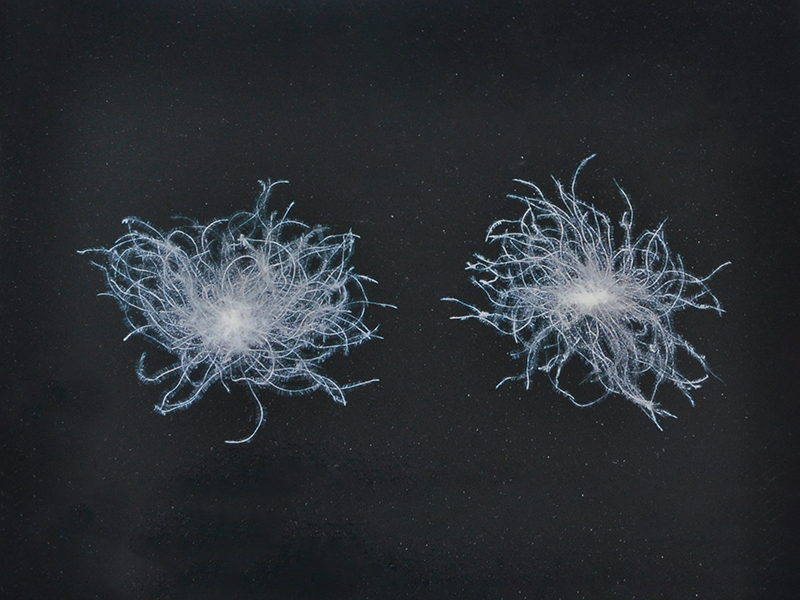
1.1.2 Nestling down: Immature down, showing the shape of the umbrella.
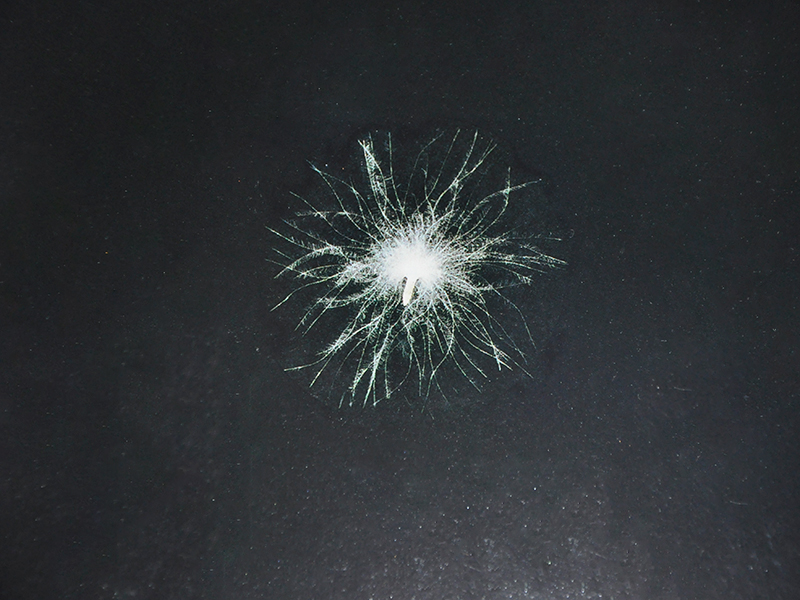
Judgment key point one: The quill point is distinct, the quill shaft is short, slender and not very distinct.
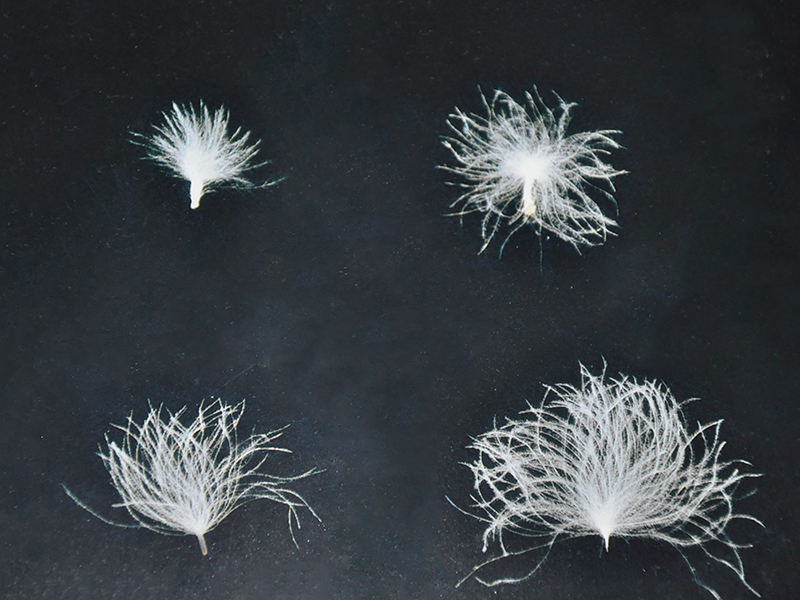
Judgment key point two: The structure is three-dimensional and the barbs are similar to down fiber.
1.1.3 Plumule: Down with a feather shape, having a soft and flaccid quill shaft from which is growing fluffy and filament barbs.

Judgment key point one: Down shape but has soft and flaccid quill shaft, the barbs are similar to that of down.
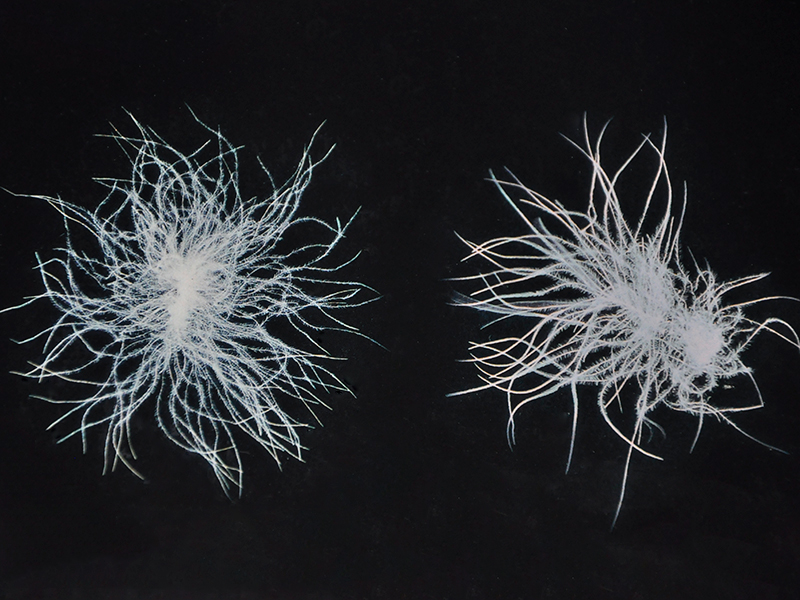
Judgment key point two: Down shape but has soft and non distinct quill shaft, the barbs emanating from it constitute three-dimensional structure.
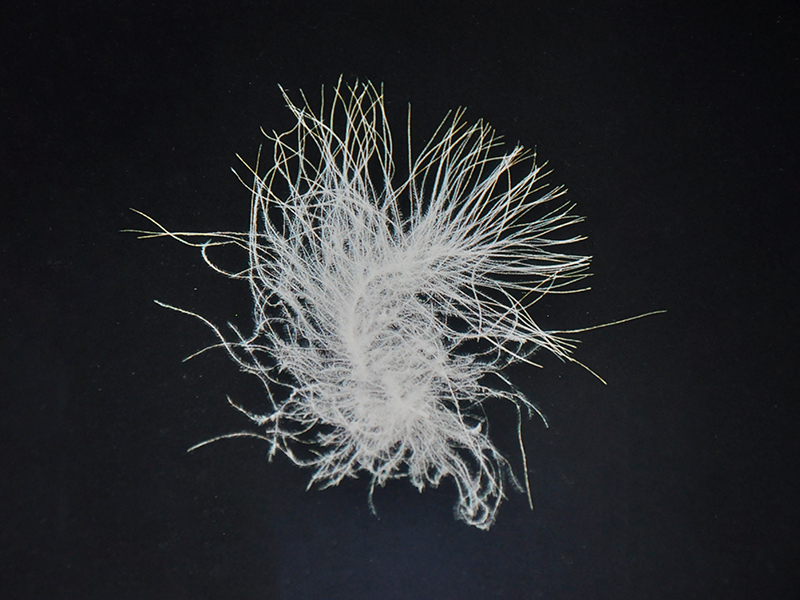
Judgment key point three: Down shape but has soft and non distinct quill shaft, the upper part of the down disperses as a feather, but the latter two-third have the characteristics of down.
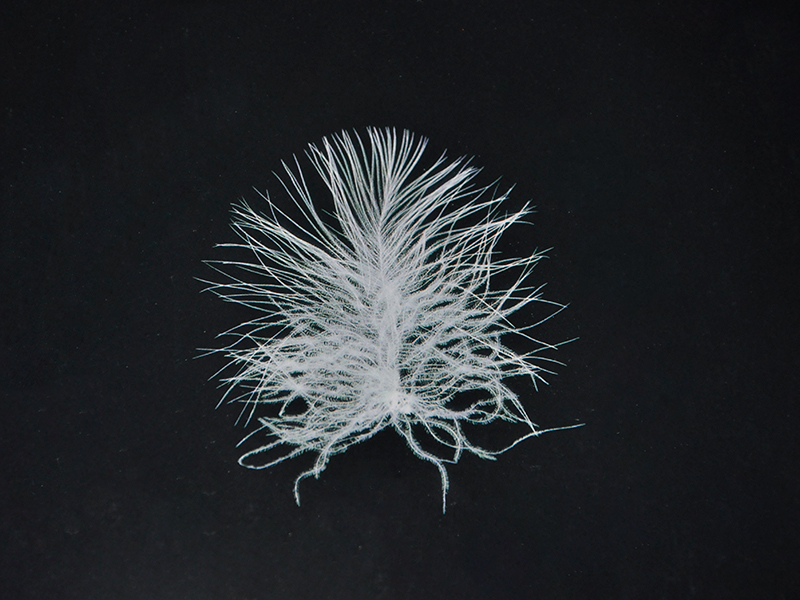
Judgment key point four: Down with a feather shape, having a soft and flaccid quill shaft, the fibers of the quill point are plump and dense.

Judgment key point five: Down with a feather shape, having a soft and flaccid quill shaft. the whole structure is three-dimensional
1.1.4 Damaged down: Down having two or more fibers emanating from the down core.
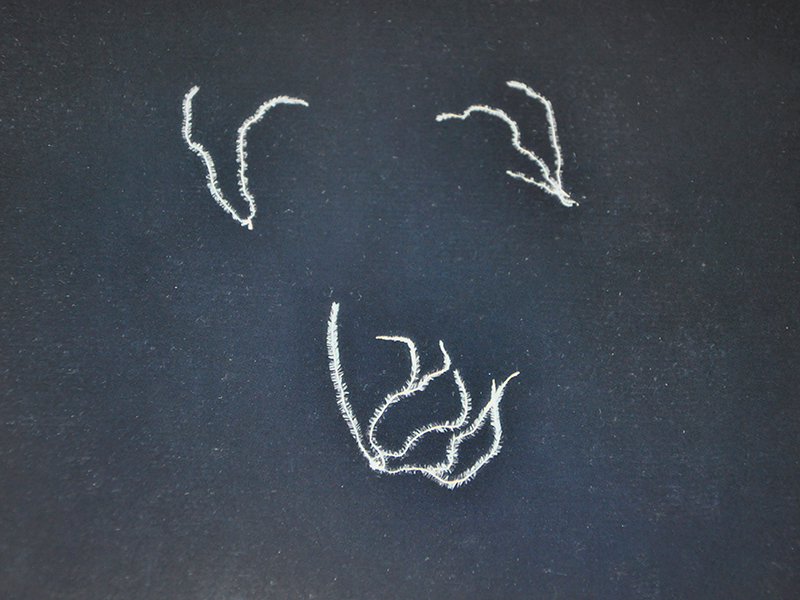
1.2 Down fiber: A single fiber detached from down or the quill point of the feather.
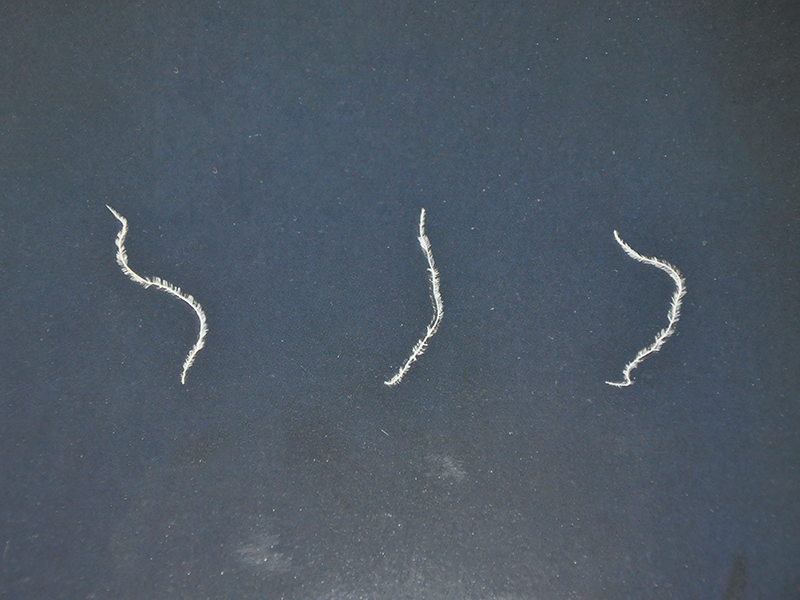
1.3 Feather fiber: A single feather barb detached from the vane

1.4 Feather:The feather derived from the plucking of geese. The two ends of its quill shaft can be curled to touch each other without breking.

Judgment key point one: The soft plumage whose two ends of its quill shaft can be curled to touch each other without being broken.
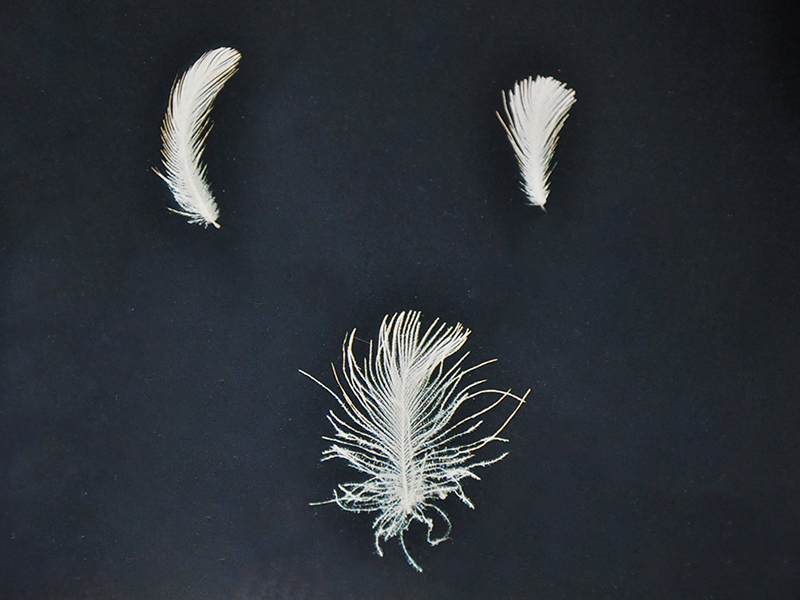
Judgment key point two: Thin and with a little pointed vane, showing a small and narrow feather shape.
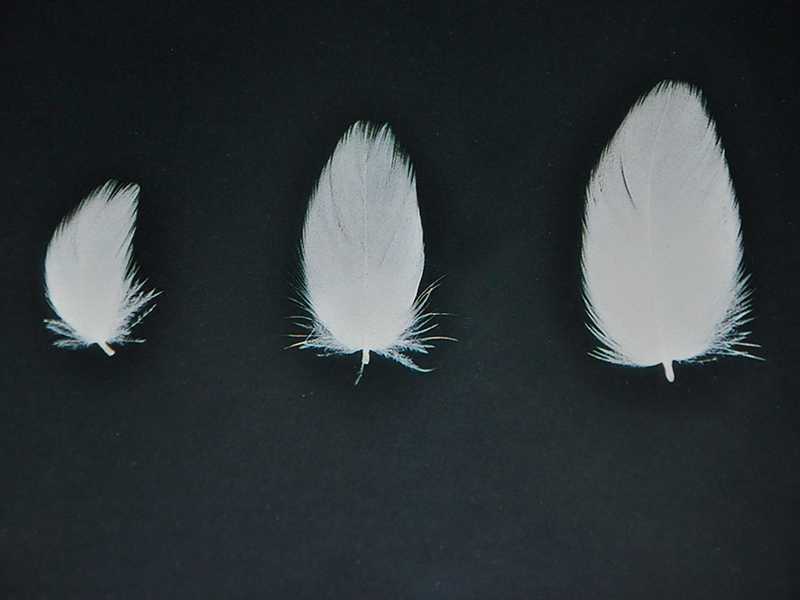
Judgment key point three: The vane is short and flat, showing a melon seed in shape. Have a soft quill shaft and a few barbs emanating from the quill point.
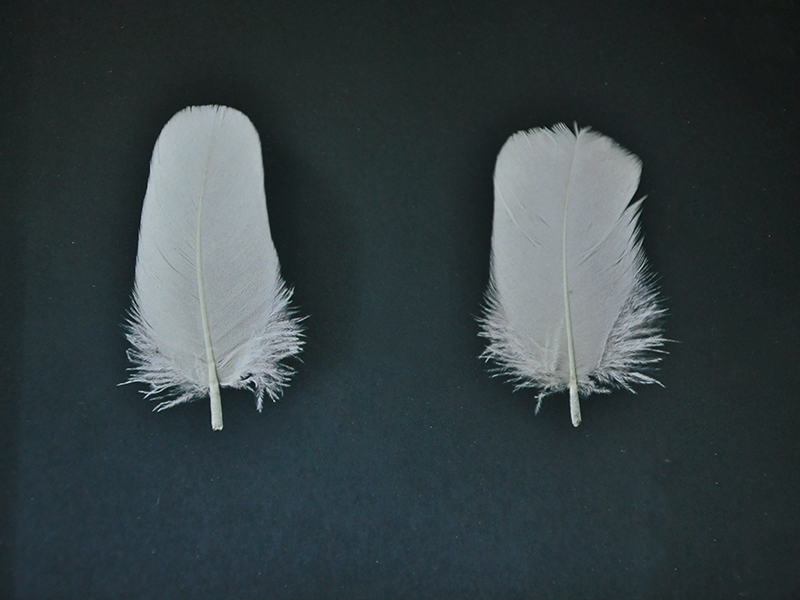
Judgment key point four: Feather with stiff quill shaft and bowed vane, quill point with few fluffy barbs, the upper part of the vane being round in shape.

Judgment key point five: Feather with stiff and straight quill shaft, flat and thin vane. Quill point has a few feather fibers attached.
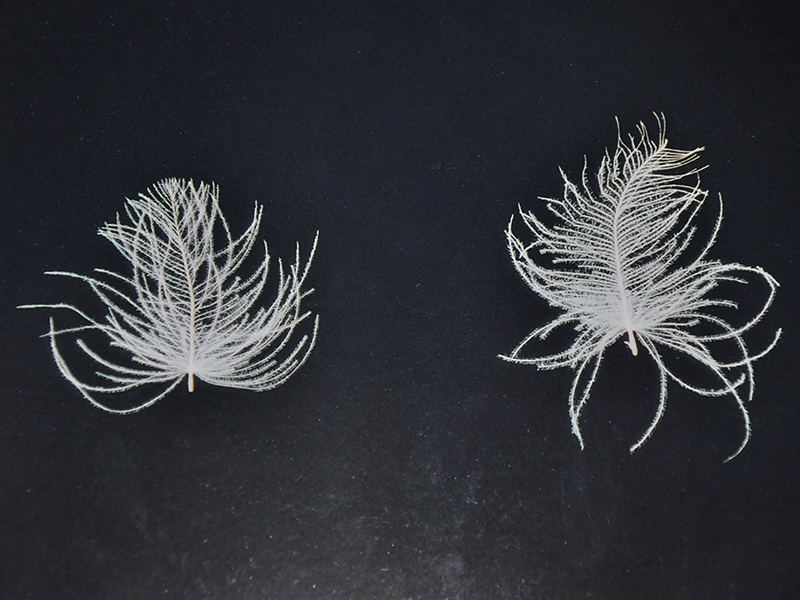
Judgment key point six: The feather has a flexible quill shaft from which emanates a few feather fibers.
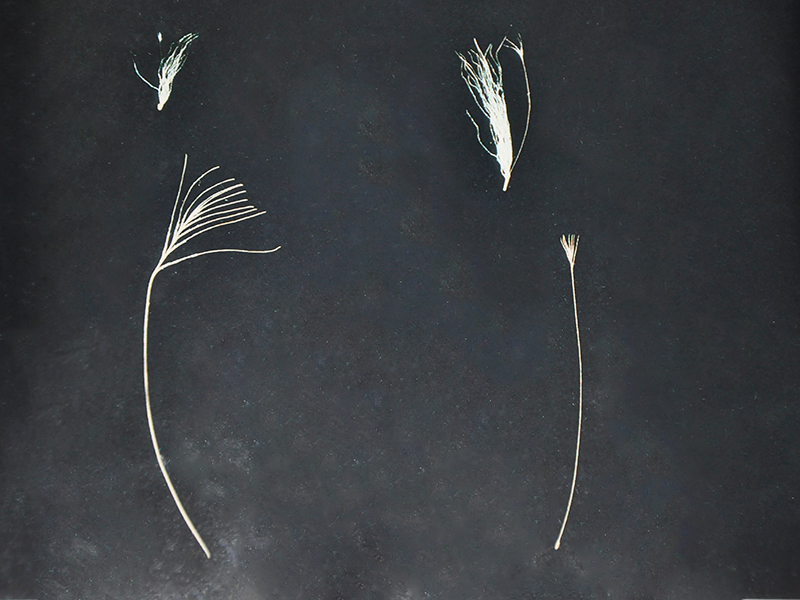
Judgment key point seven: The Feather has a soft quill shaft from whose upper part emanates a few short barbs and showing a hair like shape.
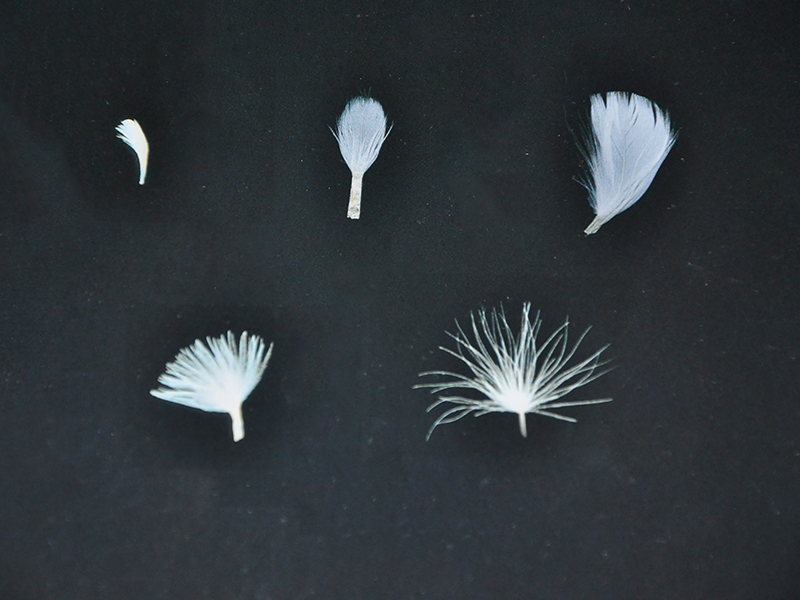
Judgment key point eight (Nestling feather): The main characteristic of this kind of feather is that it has subcutaneous vessels in its lower part, and 2/3 or more is in the shape of a feather.
1.5 Long feather: Goose feather longer than 8cm in length and duck feather longer than 7cm in length.
1.5.1 Goose long feather: Goose feather exceeds 8cm in length.
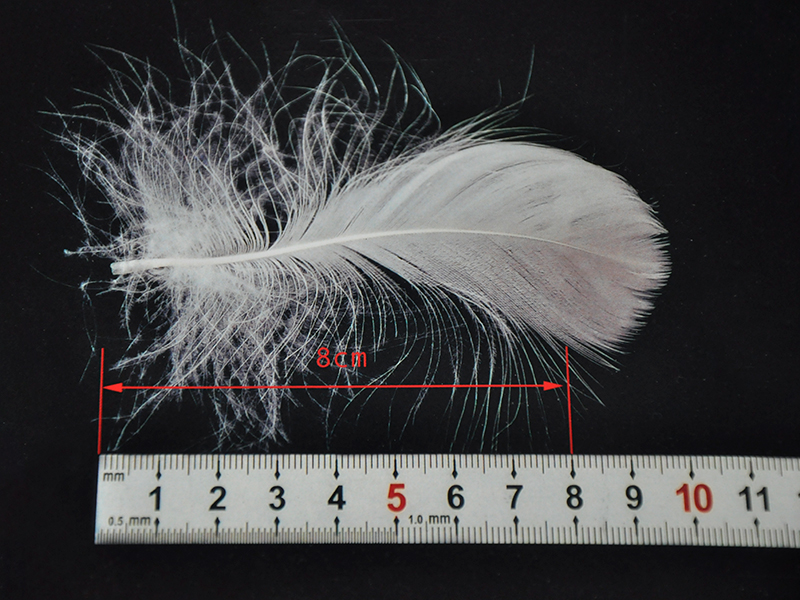
1.5.2 Duck long feather: Duck feather exceeds 7cm in length.
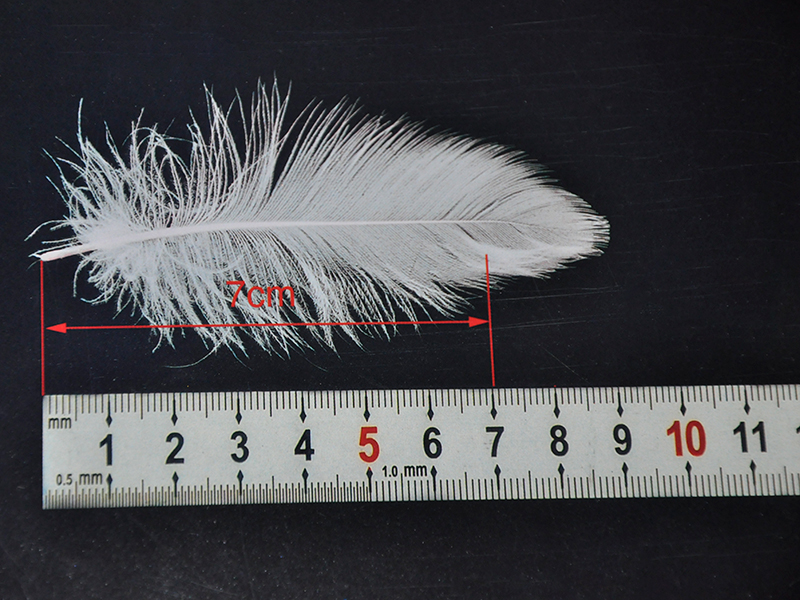
1.6 Damaged feather: These feathers have been mildewed, moth-eaten or mechanically damaged during process. This includes the broken feather and the feather with 1/3 damaged area or more are called damaged feather.

Judgment key point one: The damaged area of the feather exceeds 1/3 of the whole feather.
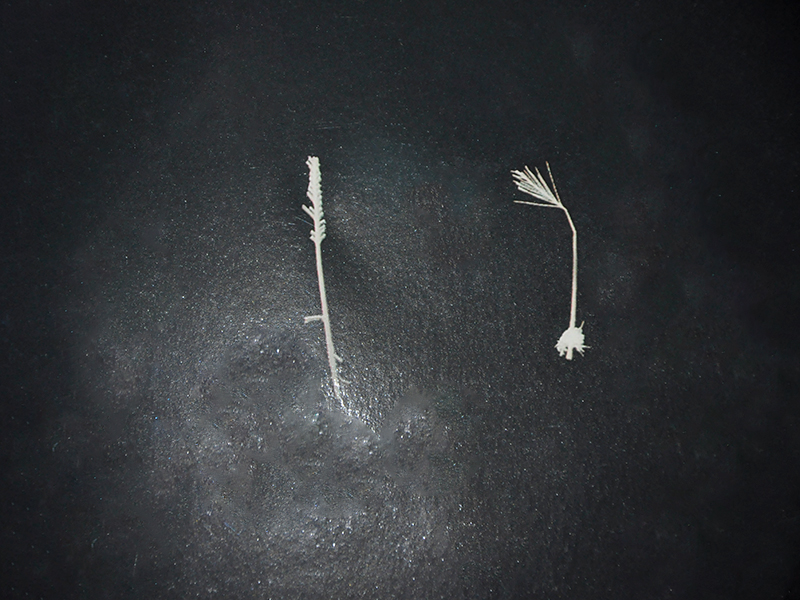
Judgment key point two: The quill shaft is bald.
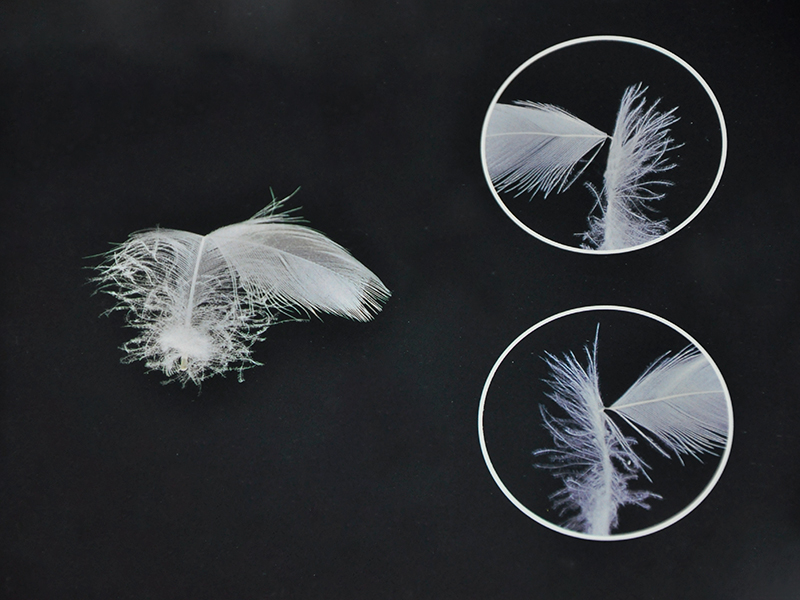
Judgment key point three: The middle of the quill shaft is broken.
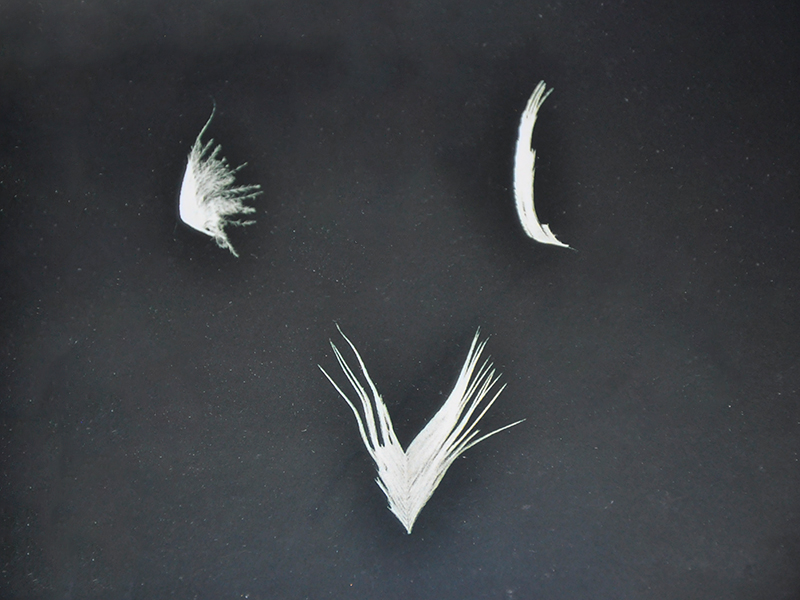
Judgment key point four: Part of the feather has been stripped off of the feather.
1.7 Landfowl feather: The feathers derived from land-fowls with pointed mouth are called Indfowl feathers.
1.7.1 Chicken feather: The appearance luster of chicken feather is bright. The barbs of a chicken feather are more, and denser than those of duck feathers. The vane of the feather is long and sharp-angled. There is an after shaft in the lower part of the feather shaft, which can be clearly distinguished from the goose and duck feathers.
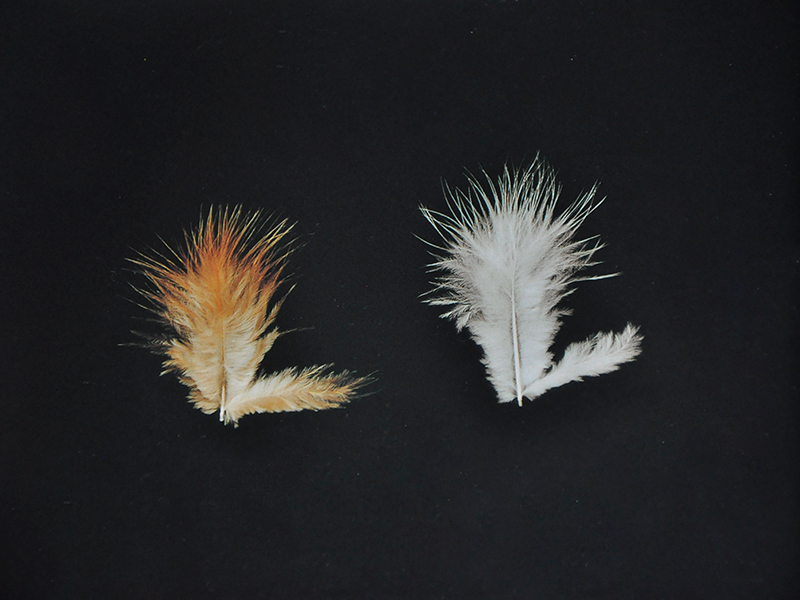
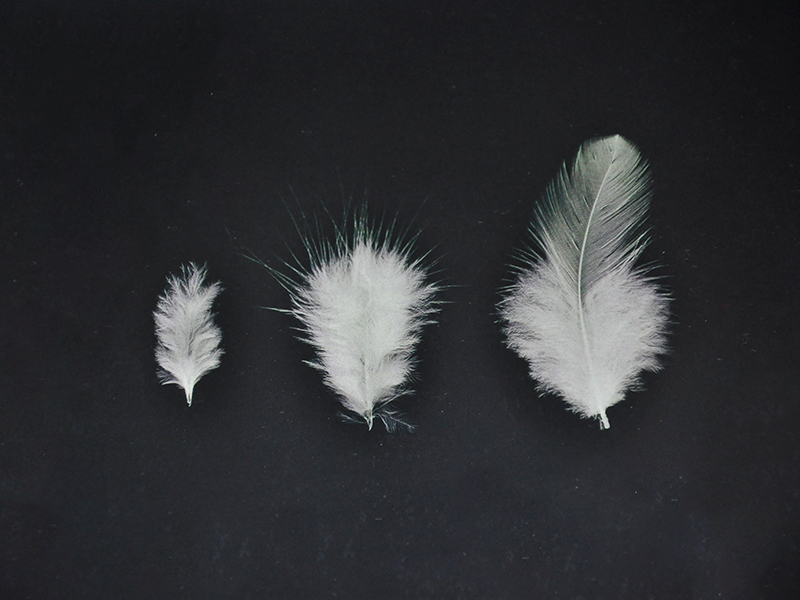
In addition. there are some chicken feathers without the after shaft. Thus, the after shaft is not considered as the only way of identifying chicken feather.
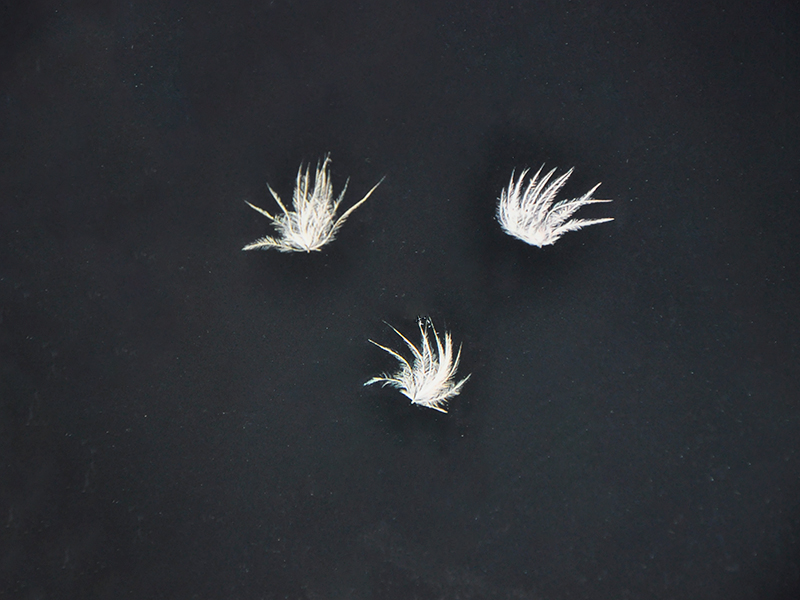
In addition, there are some of the chicken feathers with branch shape and yellow in color, which has clear microscope characteristics of bamboo nodes distributed almost through the entire barb.
1.7.2 Pigeon feather: the feather derived from a pigeon, the luster appearance of pigeon feathers are bright, and are very difficult to identify it from chicken feathers or waterfowl feathers. The microscope method is generally considered as the most effective way of identifying it.
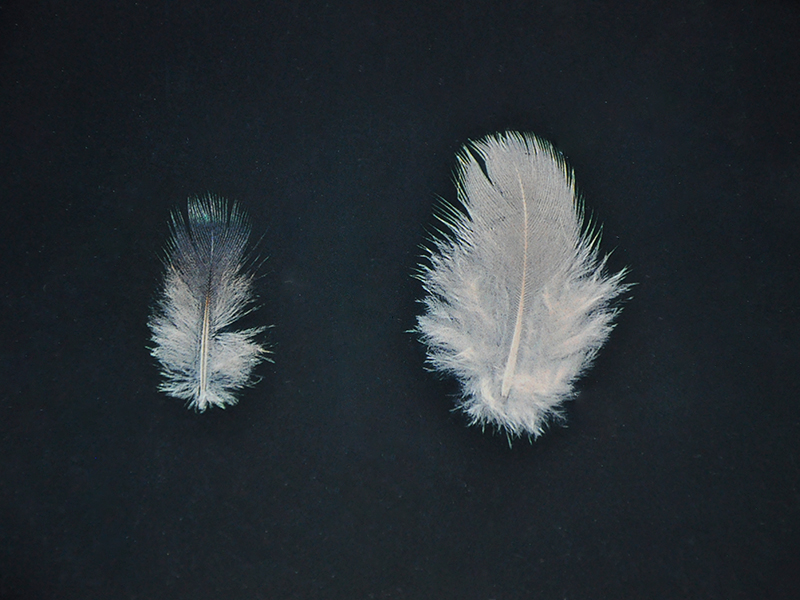
1.8 Hard feather: Feather growing at the tail or wing of geese and ducks.
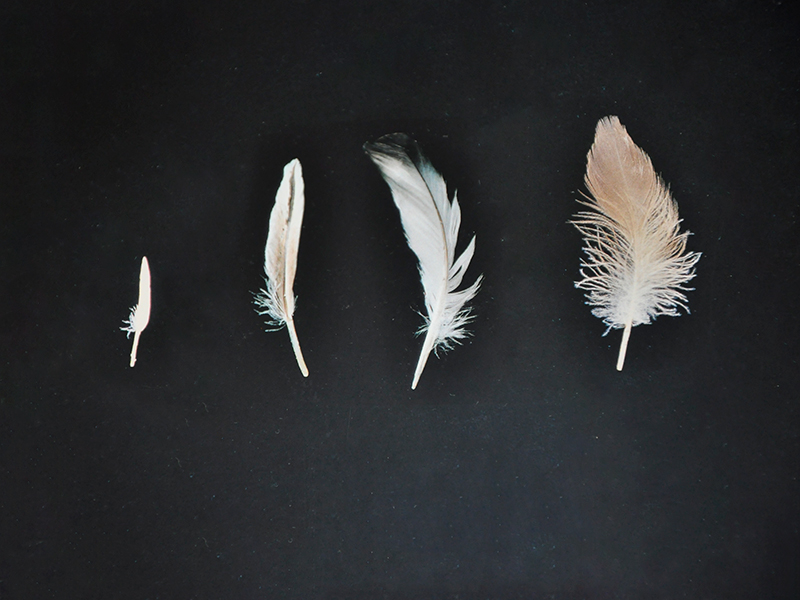
1.9 Colored feathers and down: White Goose or White Duck feathers and down that have color including deep yellow down). The above colored feathers and down are still respectively counted into the content of the feather and down.
1.9.1 Colored feathers: White Goose or white Duck feathers that have color(including deep yellow feathers). The above colored feathers are still counted into the content of the feathers.
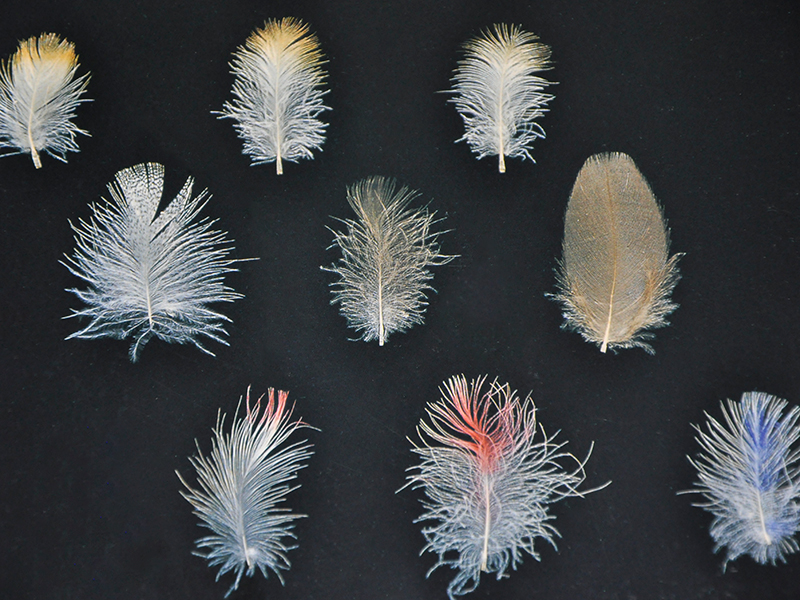
1.9.2 Colored Down: White Goose or white Duck down that have color(including deep yellow down). The above colored down are still counted into the content of the Down.

1.10 Residue: dust and ash. scurf. small vein and so on.
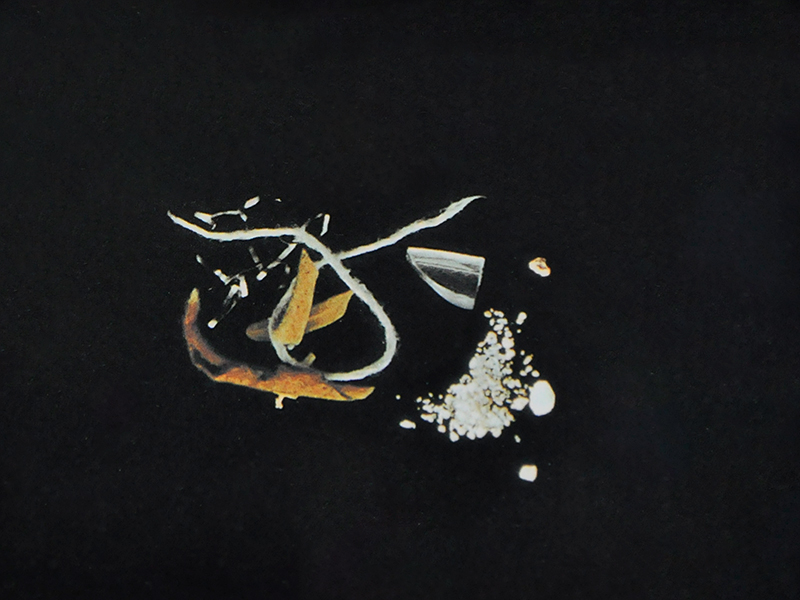
Judgment key point one: grass, wood, bamboo. Fiber, metal thread plastics and so on.
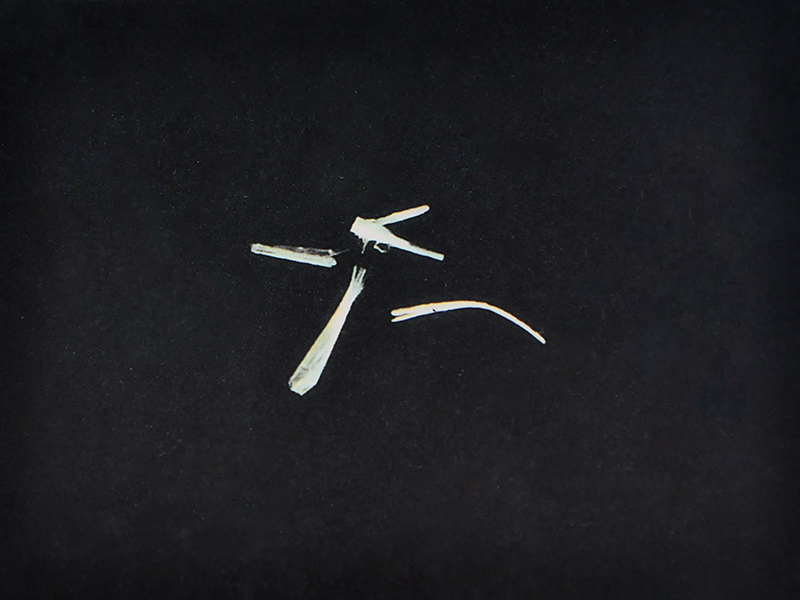
Judgment key point two: the sheath which has fallen off from the quill shaft.

Judgment key point three: A broken fragment of the quill shaft
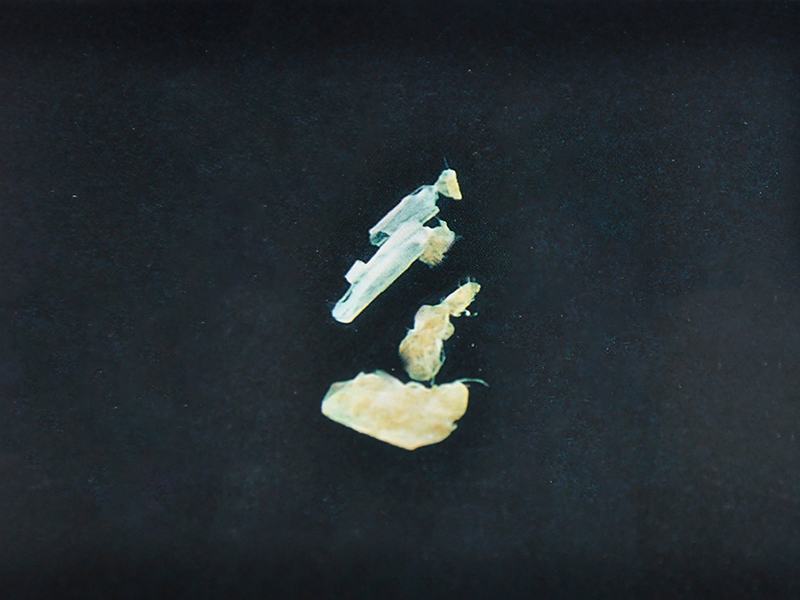
Judgment key point four: The wax-like slipcover has fallen off from the root of the nestling feather.
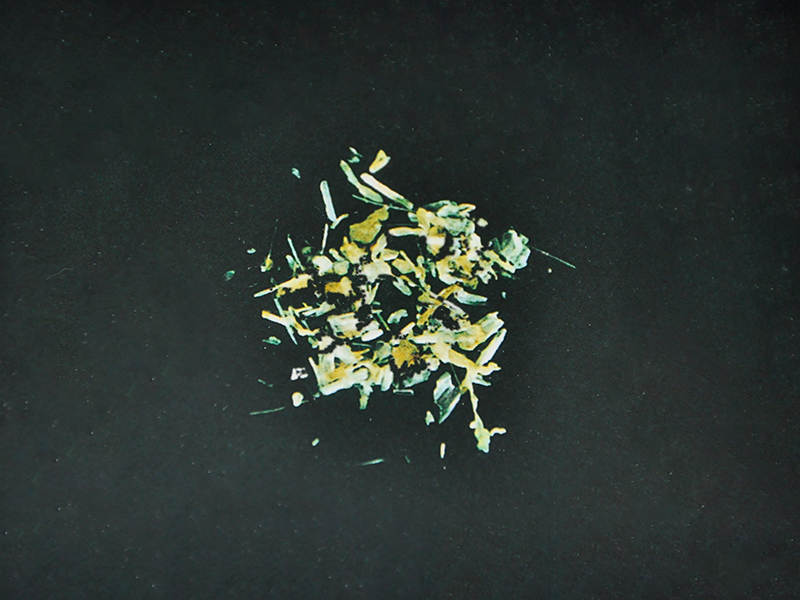
Judgment key point five: The powder-like fragmentized fiber scarfskin, quill shaft and so on.

Judgment key point six: The mar-row from the broken quill shaft.
2 Species
2.1 Waterfowl
2.1.1 Goose
2.1.1.1 Goose feather: They have tight structure. wider vane and rela-tively larger and bend. The top of goose feather is orderly and wide, like being cut. There are dense barbs in the lower part of the quill shaft.

2.1.1.2 Goose down: Down derived from the plucking of geese.

2.1.1.3 Microscope characteristics of the barbules of the goose feather and down (magnifies 80 times): There are triangle smaller nodes in the middle of the barbs located at the lower part of goose feather and down Three nodes constitute one group and regularly arrange in the middle of the barbs. from early on these nodes start to be noticeable.
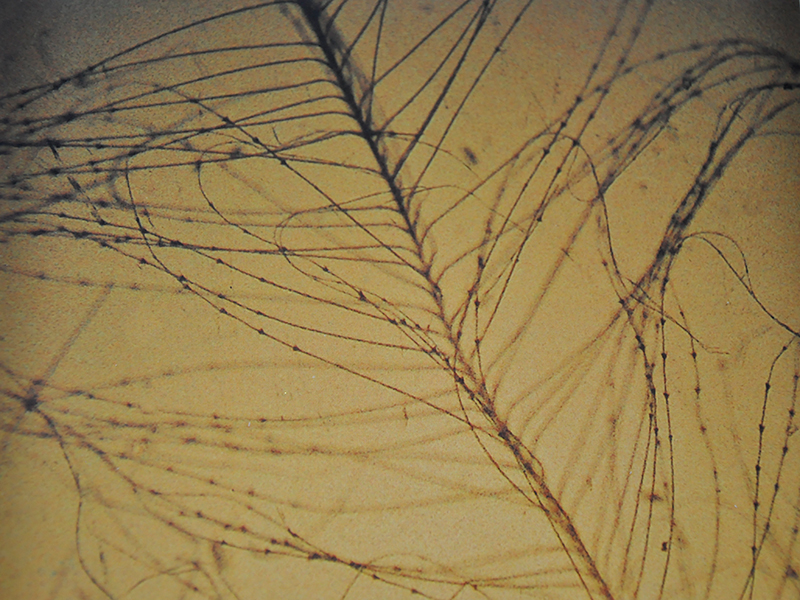
2.1.2 Duck
2.1.2.1 Duck feather: Quill shaft of duck is softer than that of Goose. The top of duck is ro-und with the slight shaIp-angled shape. There are less sparse barbs in the feather stem than those of a Goose feather.
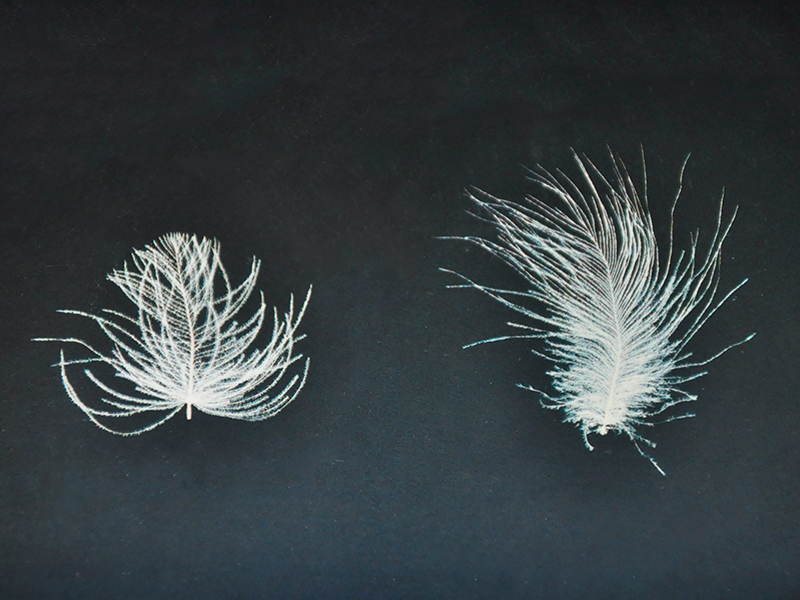
2.1.2.2 Duck down: Down derived from the plucking of ducks.
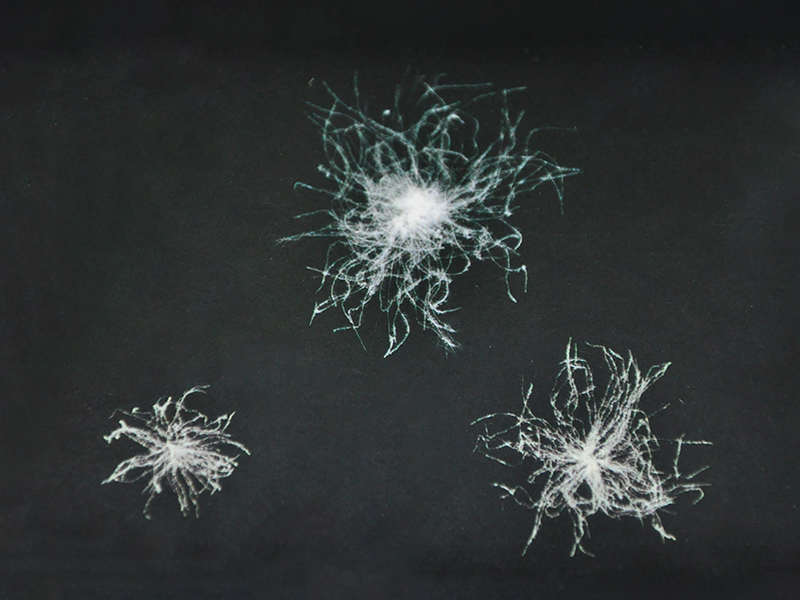
2.1.2.3 Microscope characteristics of the barbules of the duck feather and down (magnifies 80 times): There are triangular nodes in the end of the barbs located at the lower part of duck feather and down. Three nodes constitute one group and regularly arrange in the tip of the barbs, the distance between nodes is shorter than that of the goose nodes.
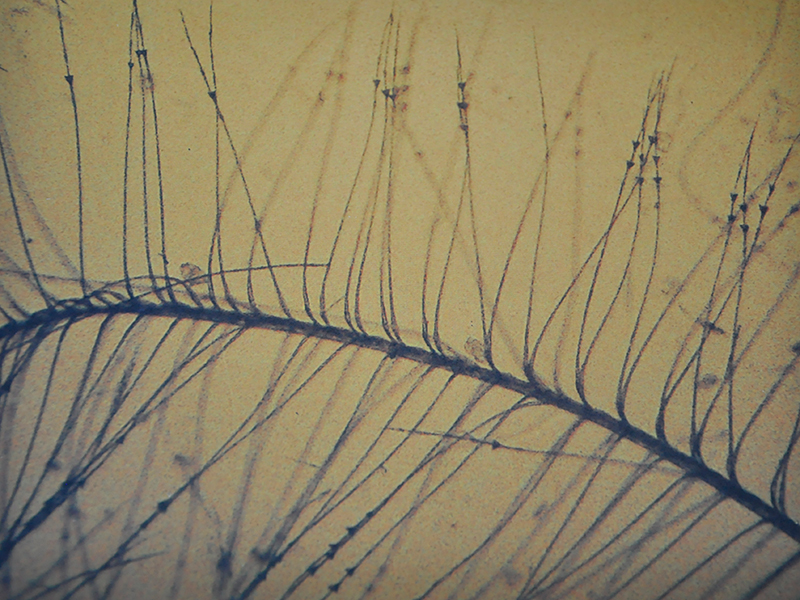
2.1.3 Unidentified
Microscope characteristics of the barbules of Unidentified (magnifies 80 times): The barbules of duck or goose which don't have triangular nodes. These are sorted as “Unidentified”.
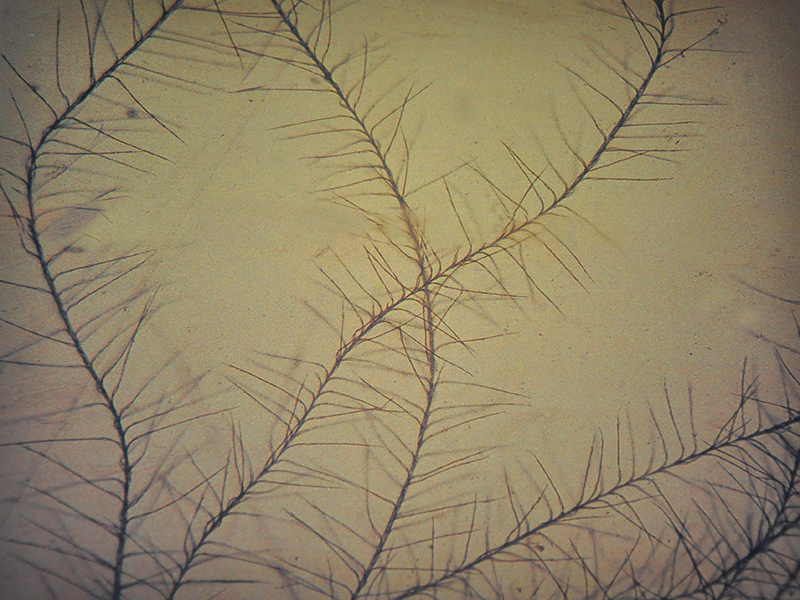
2.2 Landfowl
2.2.1 Chicken
2.2.1.1 Chicken feather: The appearance luster of chicken feather is bright. The barbs of chicken feather are more and denser than those of duck feather. There is generally one attached feather in the lower part of the feather shaft which is called after shaft, but there may not be an after shaft for some chicken featers. So it is credible to identify chicken feathers through using the microscope method.

2.2.1.2 Chicken fiber: The detached barbs from the root of chicken feather have the bright luster, and the fibers shape like a parallel ladder.

2.2.1.3 Microscope characteristics of the barbules from the chicken feather and fiber (magnifies 80 times): There are no triangular nodes in the barbs of the root of chicken feather, but a series of small knurs or expanded tubers are uniformly distributed to form the shape of bamboo bodes, which is almost distributed through the whole barb.

2.2.2 Pigeon
2.2.2.1 Pigeon feather: The appearance luster of pigeon feather is bright and similar to chicken feather. Because it is difficult to distinguish pigeon from chicken feathers, the microscope method is generally used to identify it.
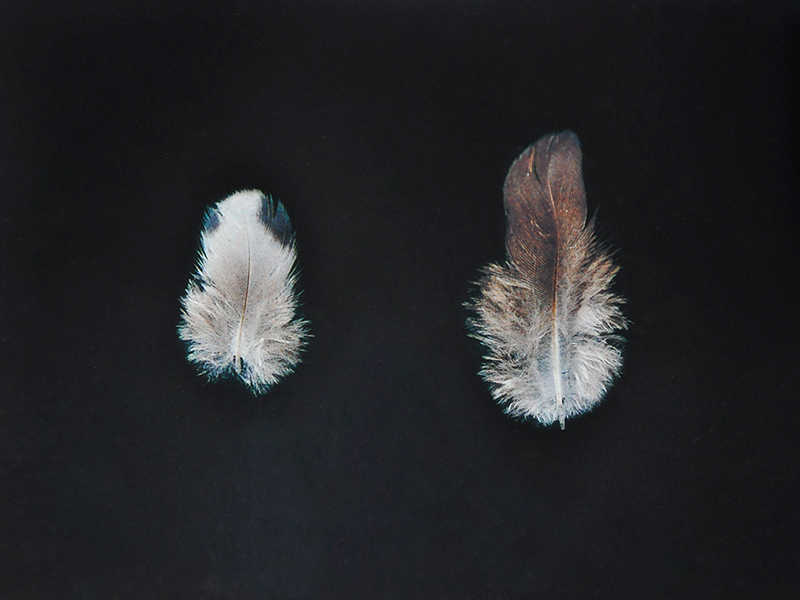
2.2.2.2 Microscope characteristics of the barbules from the pigeon feather(magnifies 80 times): The barbs with many diamond shaped nodes, located at the root of pigeon feather, and are well-distributed almost throughout the entire barb. The distance between the diamond nodes is longer than that of the duck.
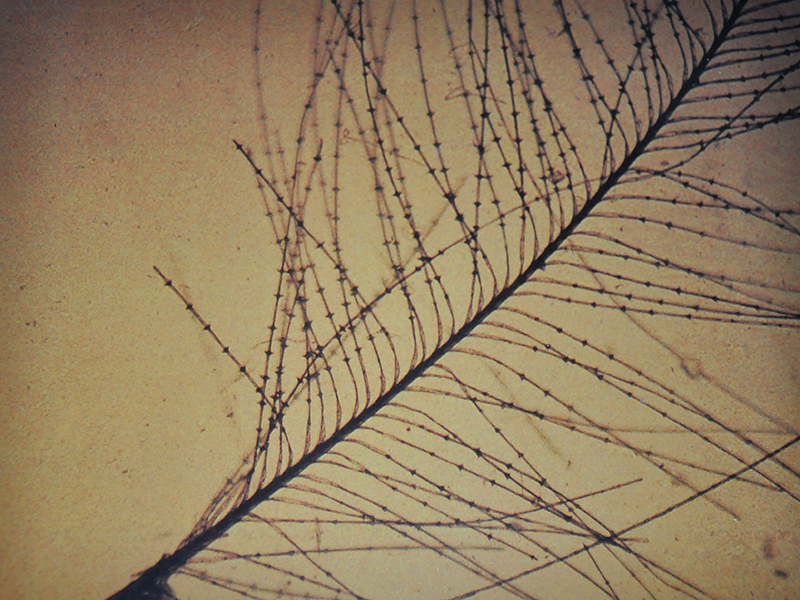
3 Double-cross cleanness of turbidity
The double-cross becomes clear within the lowering ofthe liquid level. The height on which we can see the double-cross is the cleanl-iness of turbidity. The reading of the picture pointed by arrowhead is the cleanliness of turbidity.
A Microorganism
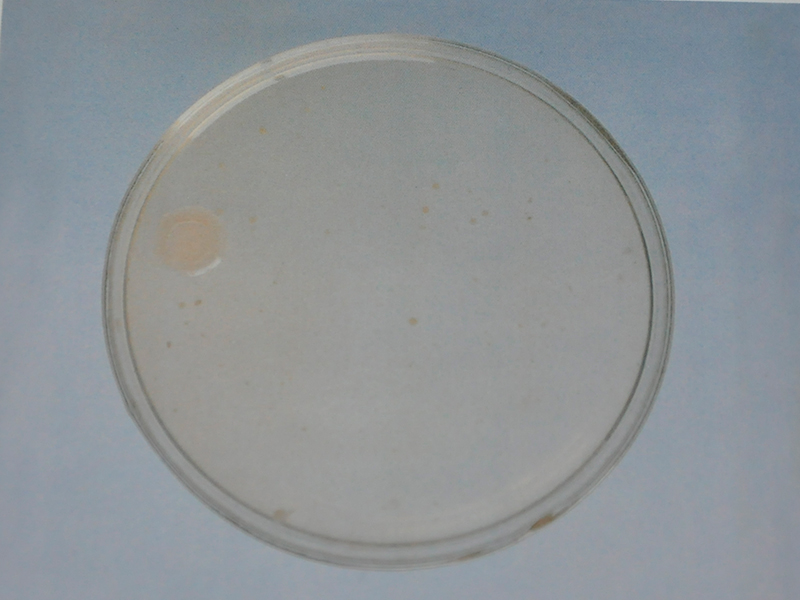
A.1 Mesophilic aerobic bacteria
Colonies on the standard medium.
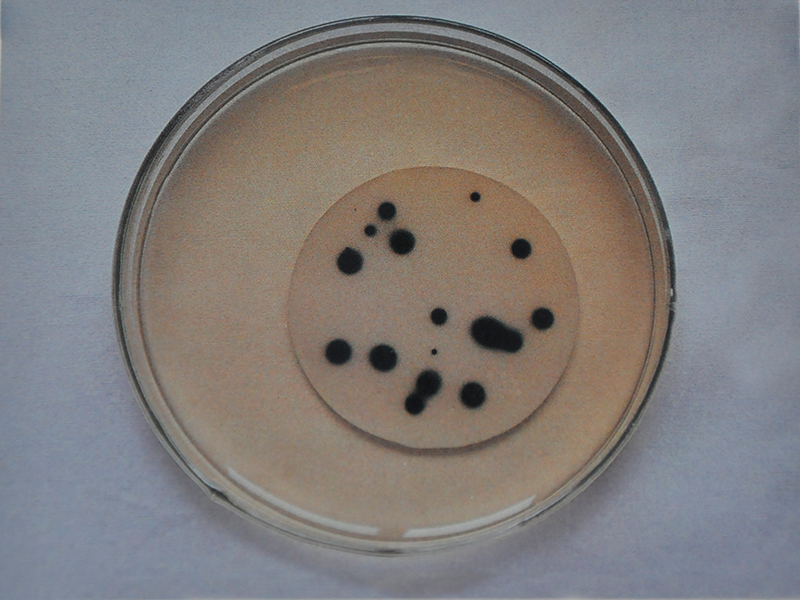
A.2 Sulphite-reducing clostridium
Colonies on Sulfite medium:Black or dark brown colonies.
A.3 Salmonella

Colonies on Dhlmedium translucent with black center or almost black.

Colonies on BS medium:Dark brown or gray to black, sometimes with metal luster, The medium around is brown or black. some strains are ash green, the medium around doesn't change or is a little darker.
A.4 Faecalstreptococci
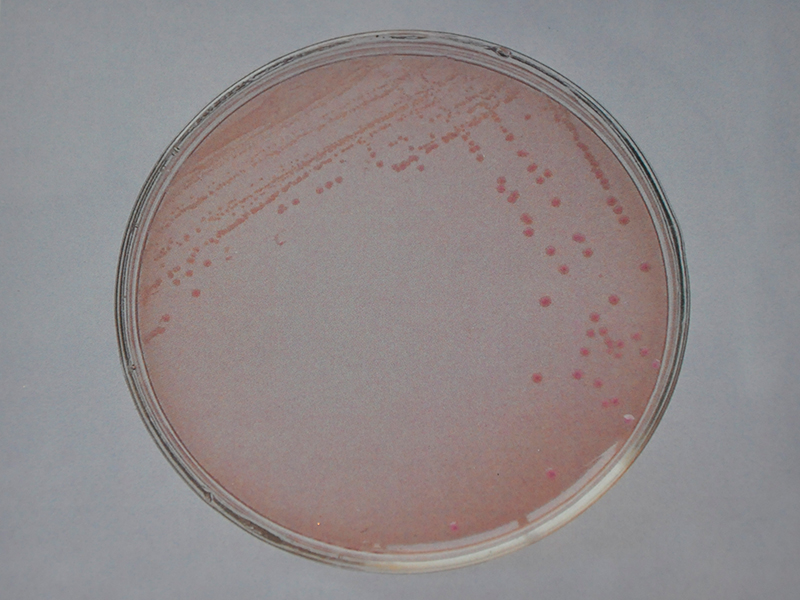
The colonies on Membrane-filter enterococcus selective medium: Black or reddish brown punctiform colonies.
B Transformation of shape
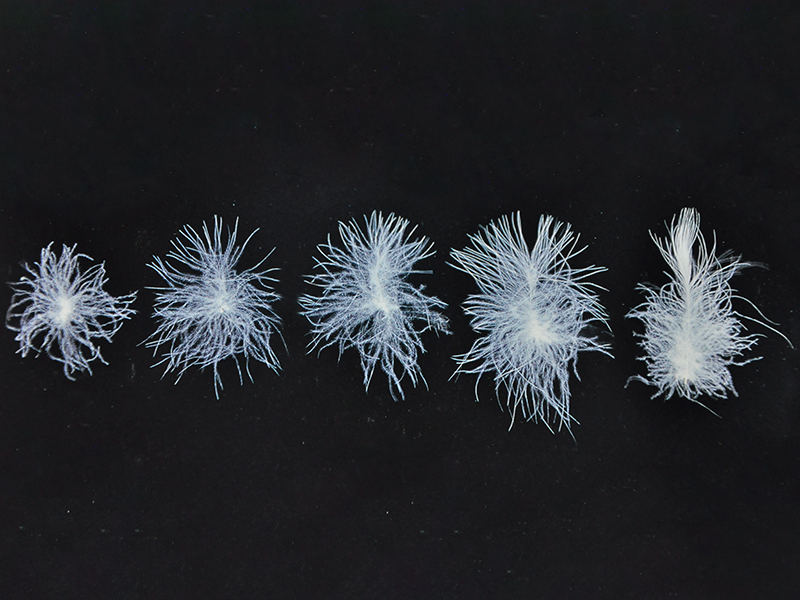
B.1 Transformations from down, plumule to feather
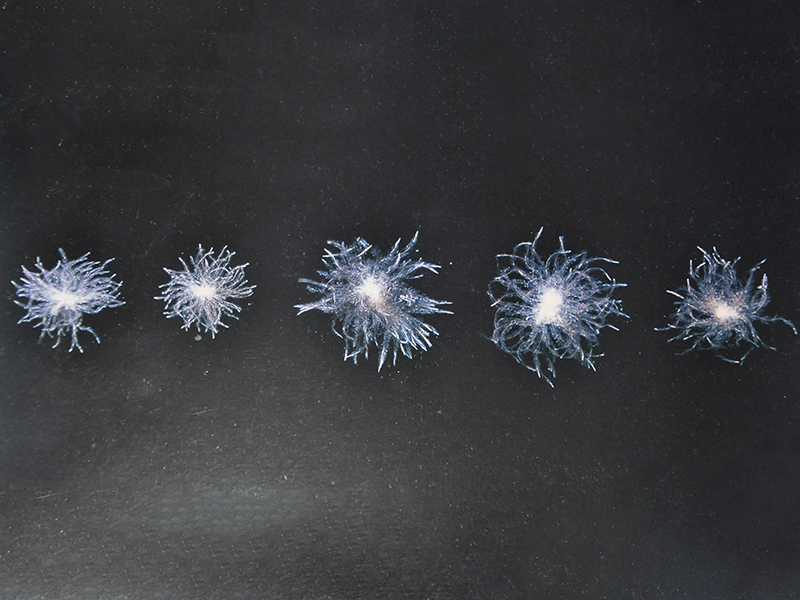
B.2 Transformations of the colored down from slight color to dark color.
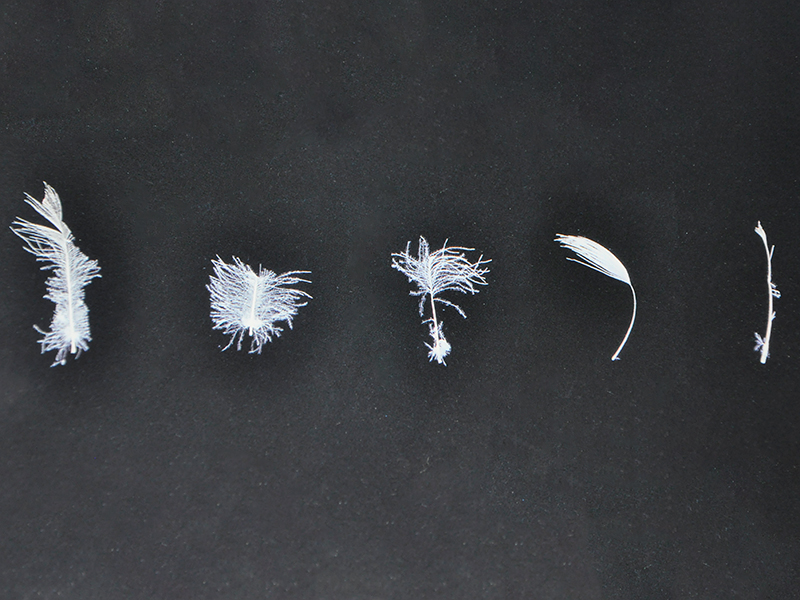
B.3 The increase of the damaged area.

B.4 Transformations from nestling down to mature down.
